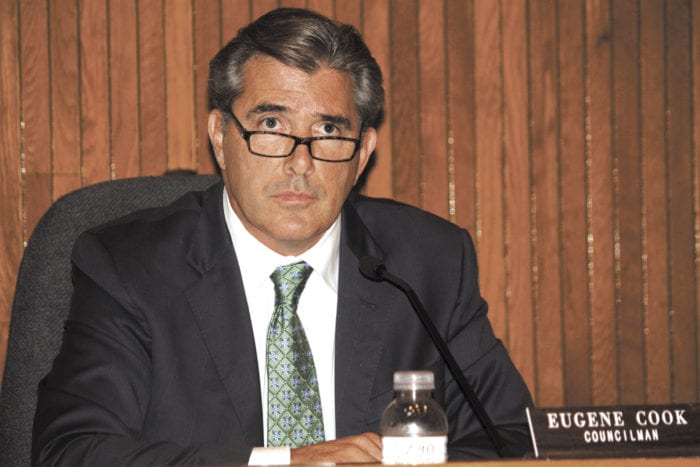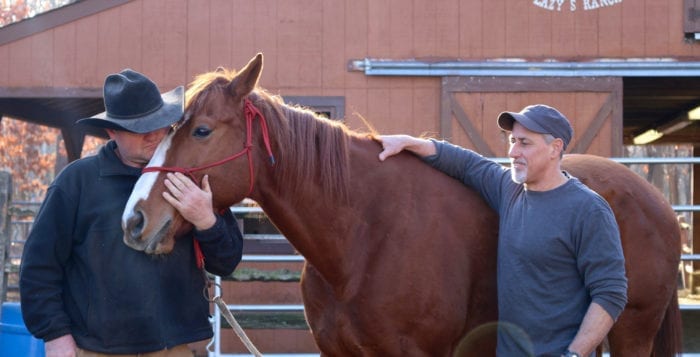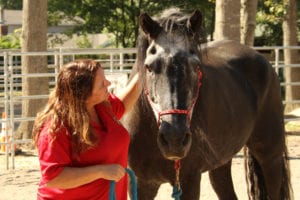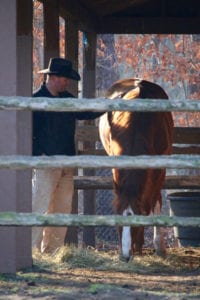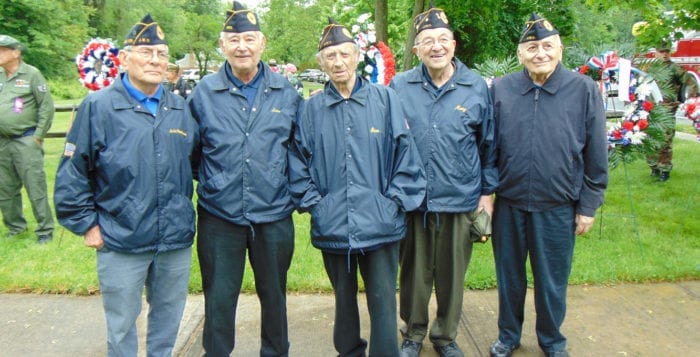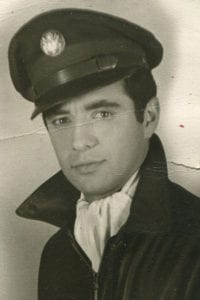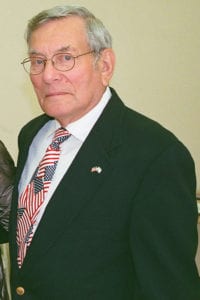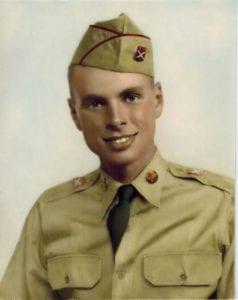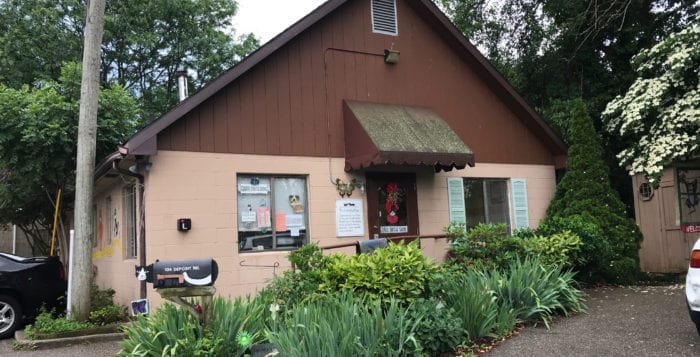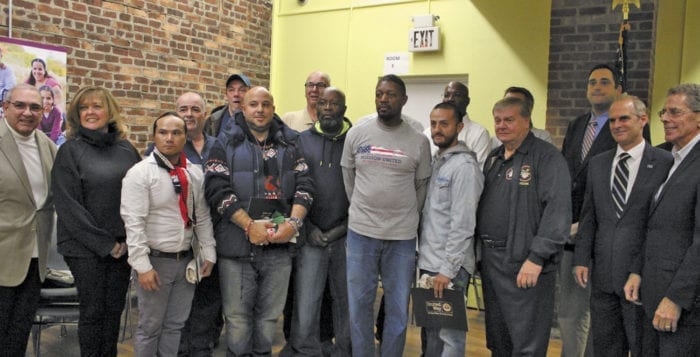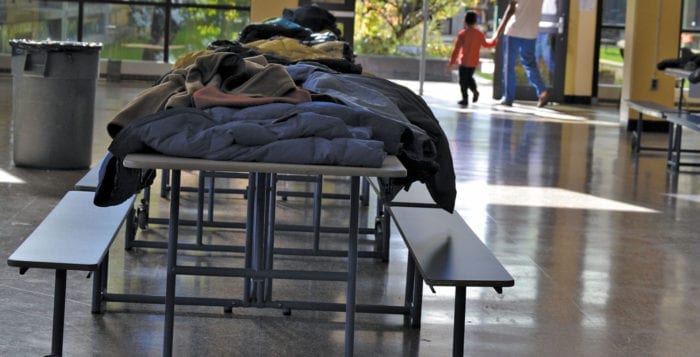By Sara-Megan Walsh
The Town of Smithtown’s decision to shut down the Smithtown Animal Shelter’s Facebook page is the latest controversy to bombard the already problem-plagued center.
Smithtown resident John Urbancik openly criticized town councilmembers’ decision to take down the shelter’s Facebook page earlier this month at the Nov. 7 town board meeting.
“Before you took down the page, you weren’t promoting the animals,” Urbancik said at the board meeting. “Put it back up and promote the animals. If you want the animals out of there, you need to promote them.”
Councilwoman Lisa Inzerillo (R) said the site has been temporarily taken offline alleging that public commenters harassed and cyberbullied town employes by claiming they had failed to provide adequate care for the shelter’s animals.

“It was destroying the self-esteem of the staff who work there every day,” she said. “It’s been shattered with this negativity. It’s hurting our adoption success. It’s hurting the animals. It’s a few people who start these rumors that go all over about the shelter, but they aren’t thinking about the animals.”
Over the last two years, the Smithtown Animal Shelter has been plagued by a series of problems. Former director James Beatty resigned in May 2015, after more than 30 years running the shelter, following months of accusations by Smithtown residents of his animal neglect and cruelty. He was replaced by Rocky Point resident Sue Hansen, who was fired by the town in July 2017 on charges of incompetence and mismanagement which led to a deterioration of the animals’ living conditions.
Urbancik said in a telephone interview with TBR News Media Nov. 10 that the shutdown of the shelter’s Facebook page wasn’t over harassment or bullying, but rather a calculated effort to silence public outcry. He claimed the shelter’s dogs are being neglected, citing they are being left locked inside unclean kennels.
Urbancik has started several Facebook pages of his own to draw attention to his problems with operation of the shelter including “Smithtown Animal Shelter needs a director” with more than 700 followers and “Remove Public Safety from Smithtown Animal Shelter” with more than 70 followers as of time of this publication.
The Smithtown Animal Shelter Facebook page comments, Urbancik’s social media posts, along with others made by animal activists concerned over conditions at the Smithtown shelter, caught the attention of New Jersey resident George Speakman.
The self-professed dog lover traveled more than two and a half hours Nov. 12 after hearing rumors the shelters’ vet was operating without anesthesia and all dogs in the shelter would be euthanized by December.
“I saw the Facebook page before it went down; it was one of the main reasons I decided to travel up to New York to take a look — I wanted to see for myself,” Speakman said. “If it was the way it was described on Facebook, I would have sat outside that shelter and protested.”
“I walked out of there with the impression that these people do nothing but love and care for these animals.”
— George Speakman
Upon arriving, he said he met with the shelter’s veterinarian, Dr. Susan Zollo, and a kennel attendant.
“I told them about the stories I had heard, and for my own peace of mind, asked if I can look around and see the shelter,” he said. “She was more than happy to accommodate me.”
Speakman said he toured the facility and took a video recording of the kennels and dog park before deciding to adopt Dinah, a female bull terrier and corgi mix who has been a long-term resident of the shelter.
“I walked out of there with the impression that these people do nothing but love and care for these animals,” he said, saying he would highly recommend local residents visit themselves. “They bend over backwards for them.”
Smithtown resident Vicki Feuerstein, a volunteer of the shelter since it was under Beatty’s leadership, said there have been positive changes in recent months at the shelter with proactive leadership and the remaining staff responsible and dedicated to their jobs.
“You have the backbone to make it a really good shelter,” she said.
Feuerstein admitted there is still room for improvement as dogs are spending too much time in their kennels, largely due to a shortage of kennel staff.
“I would love to see more kennel staff, that really affects the life of the dogs,” she said. “ Also, an animal behaviorist.”
Councilwoman Inzerillo admitted the town only has two full-time employees at the shelter, after recent efforts to clean house of troublesome employees. She said there have been conversations with supervisor-elect Ed Wehrheim (R) about hiring two additional kennel staff members once he takes office. In addition, Inzerillo said the town has started extensive renovations to improve the dated shelter.
“We are focusing on moving forward,” she said. “We can’t focus on the negativity. I encourage residents to go and visit the place.”


